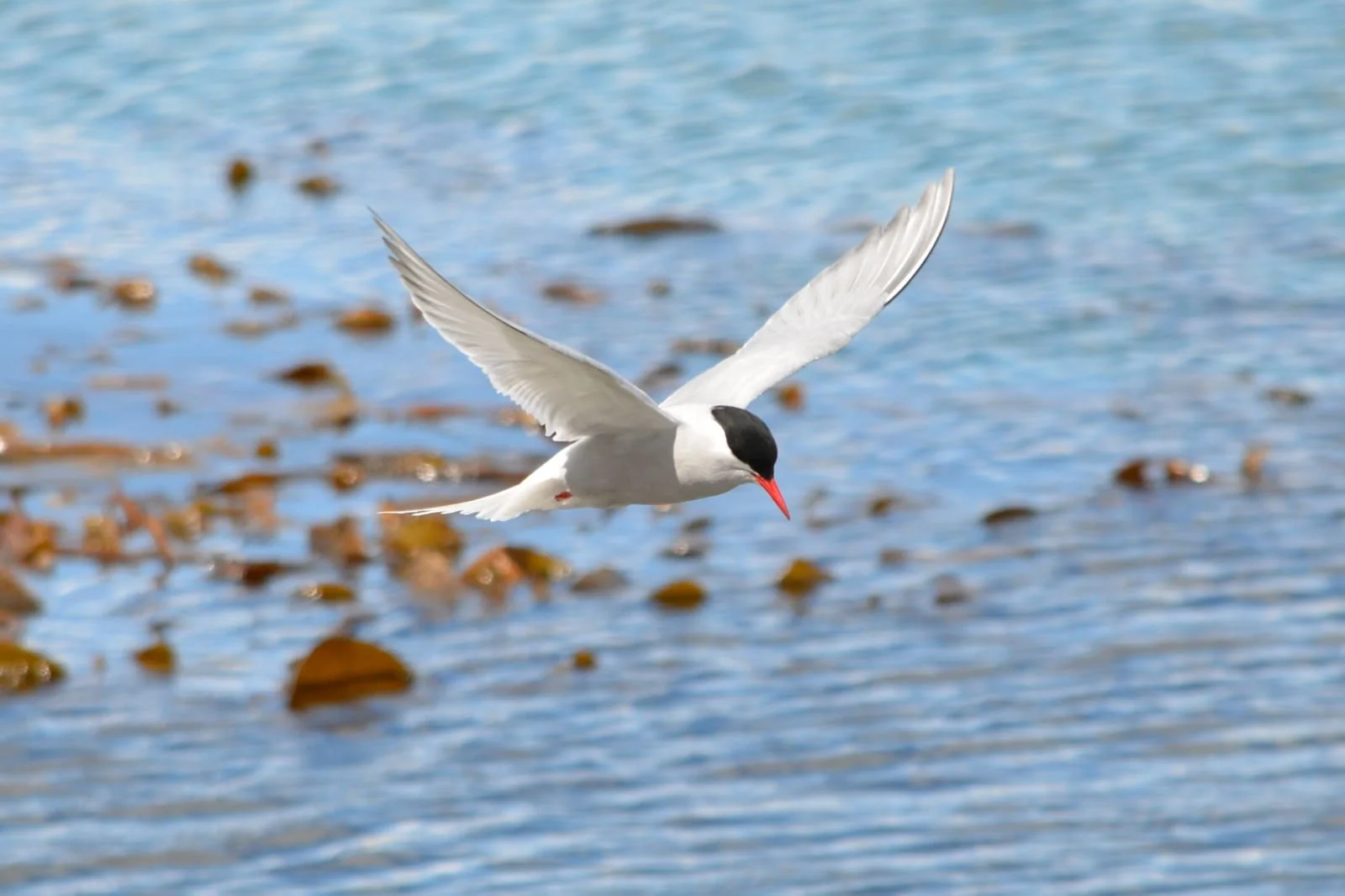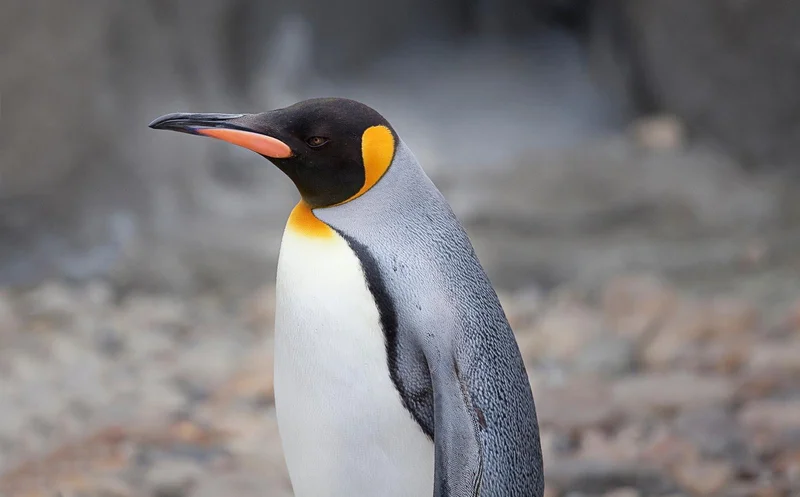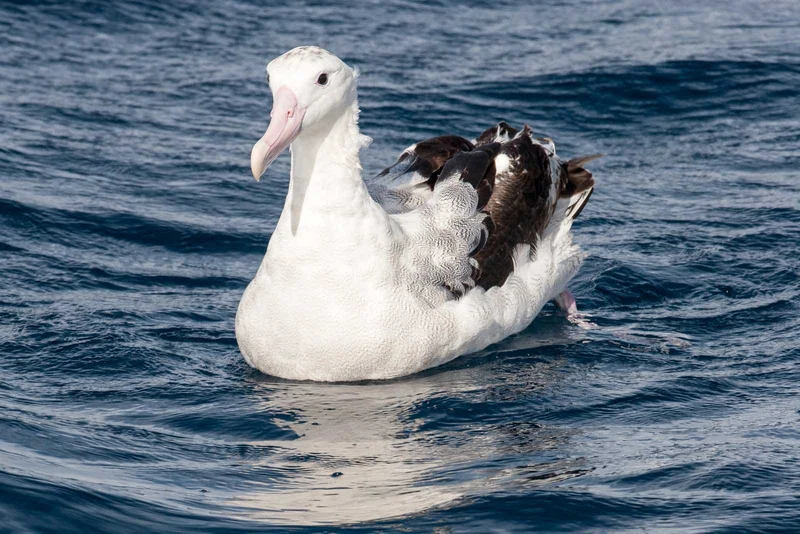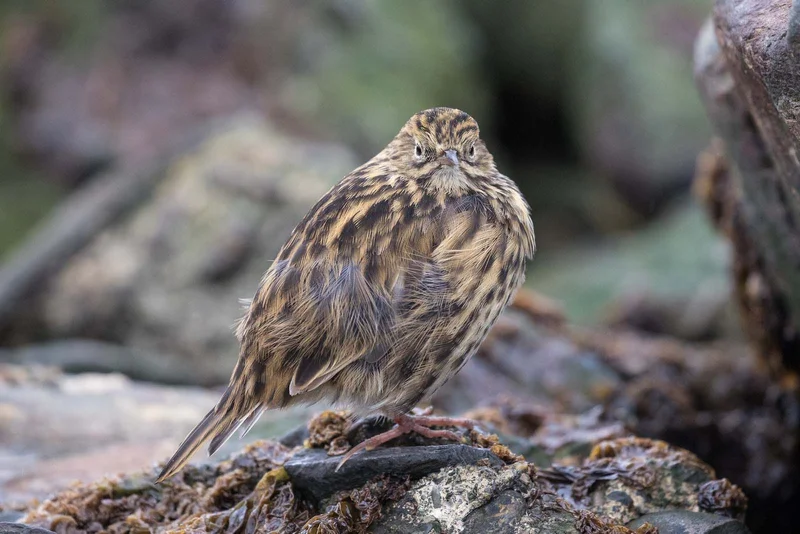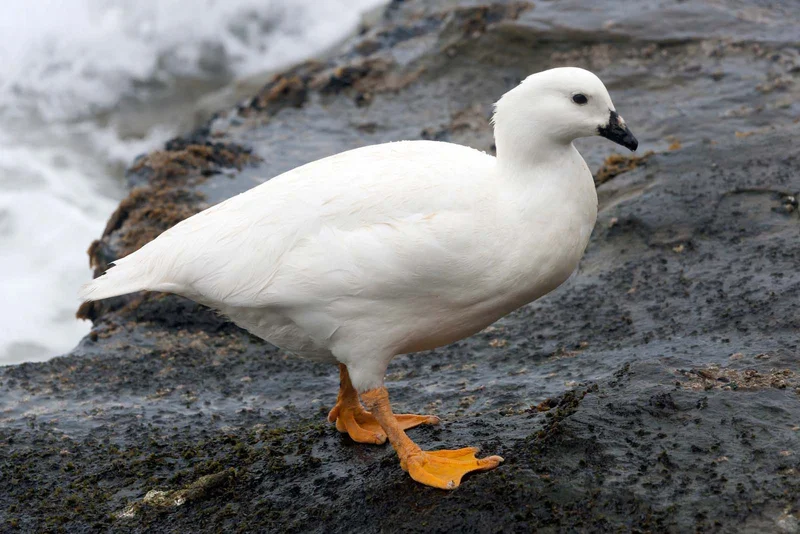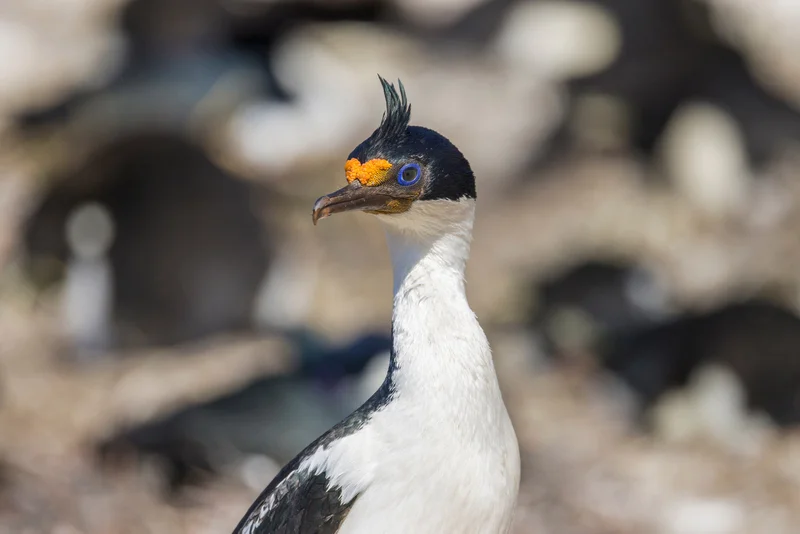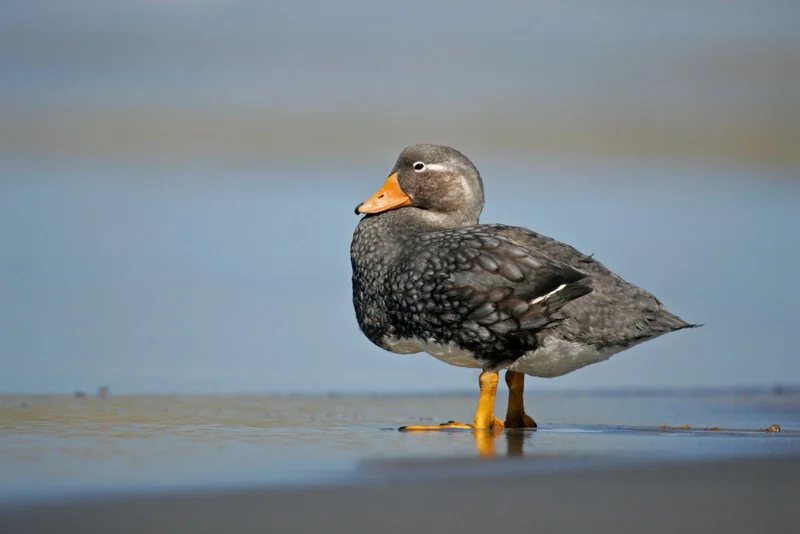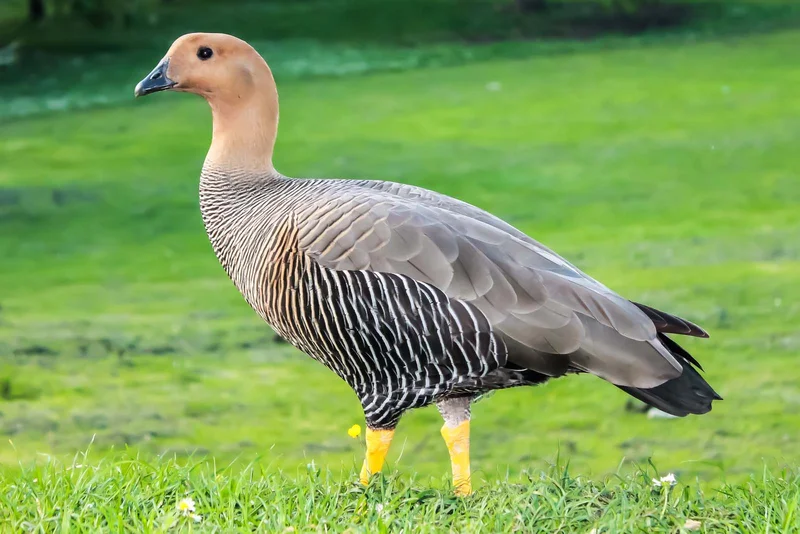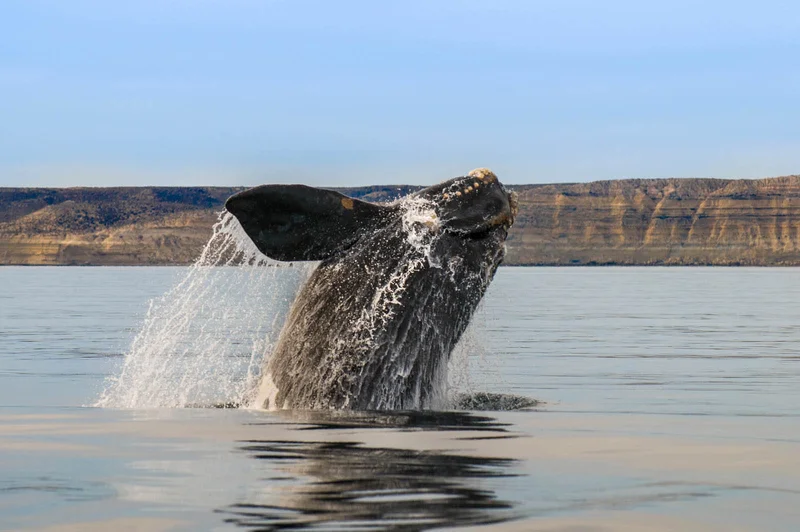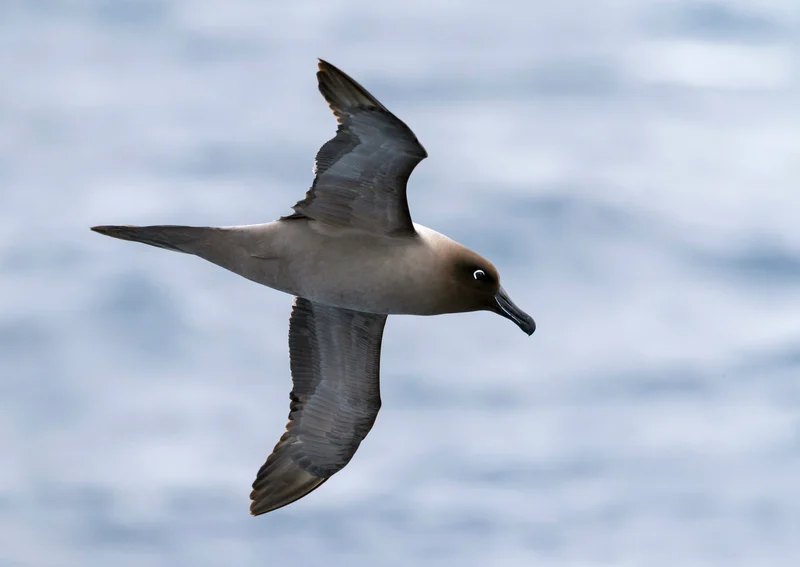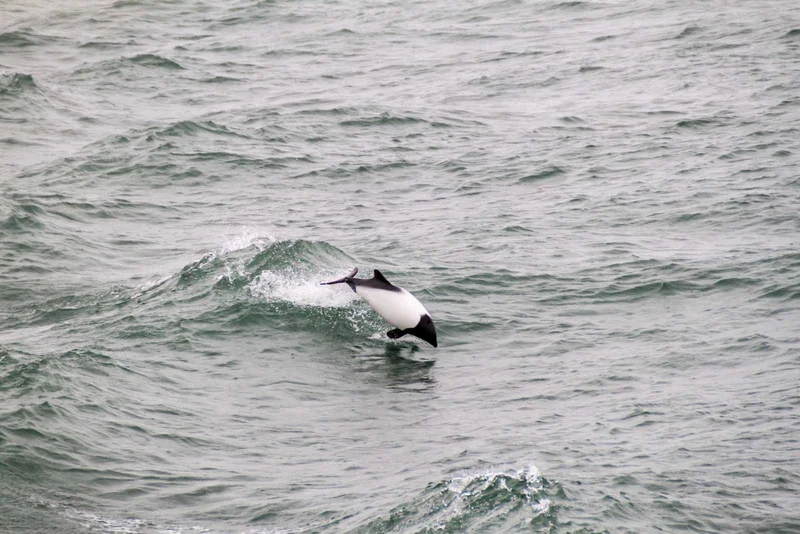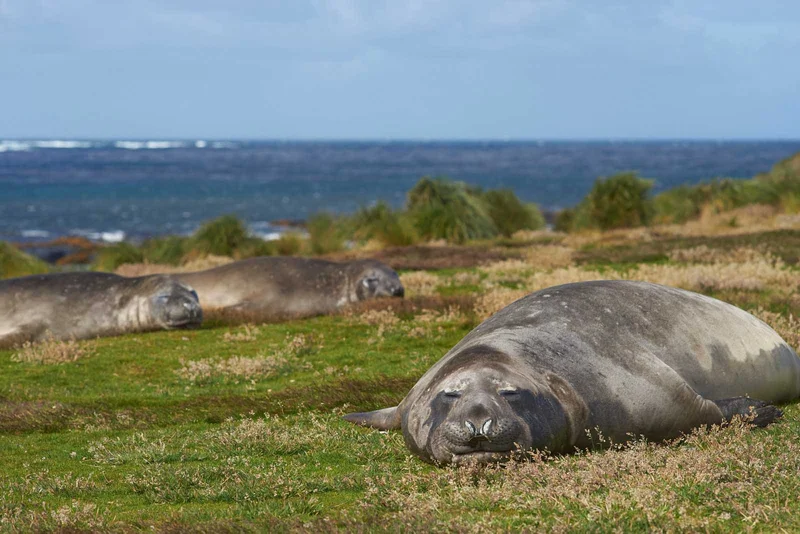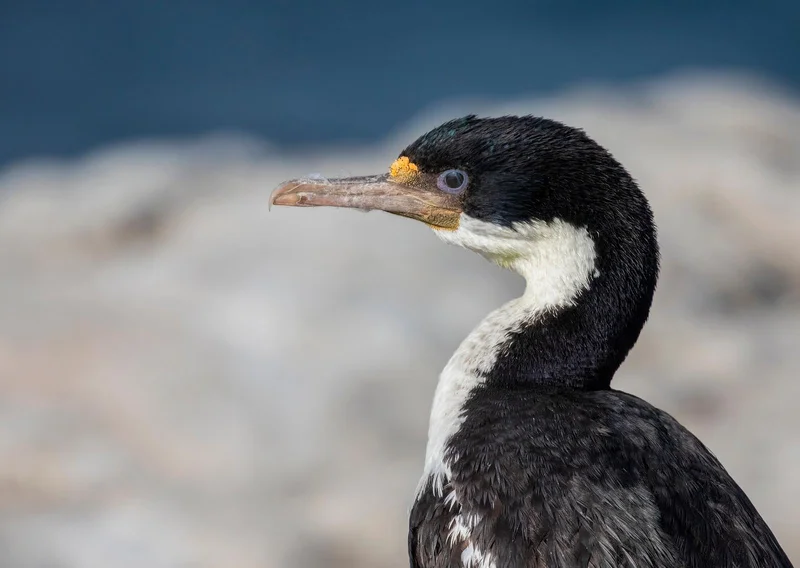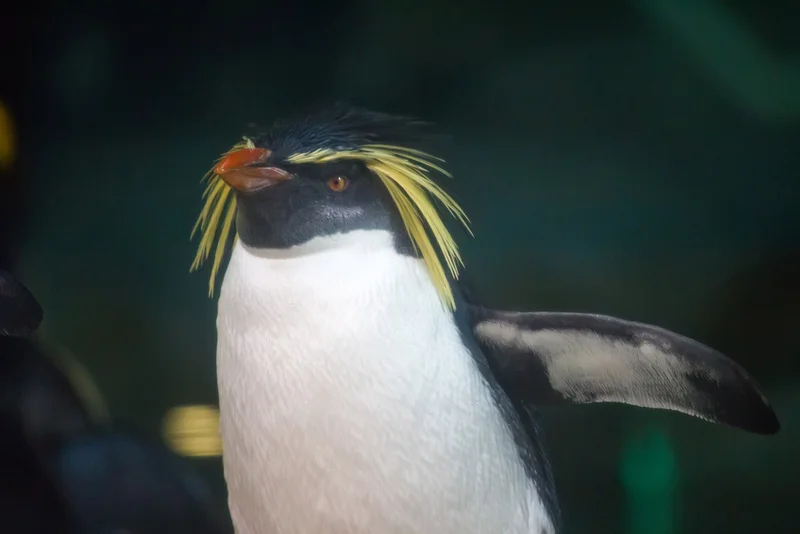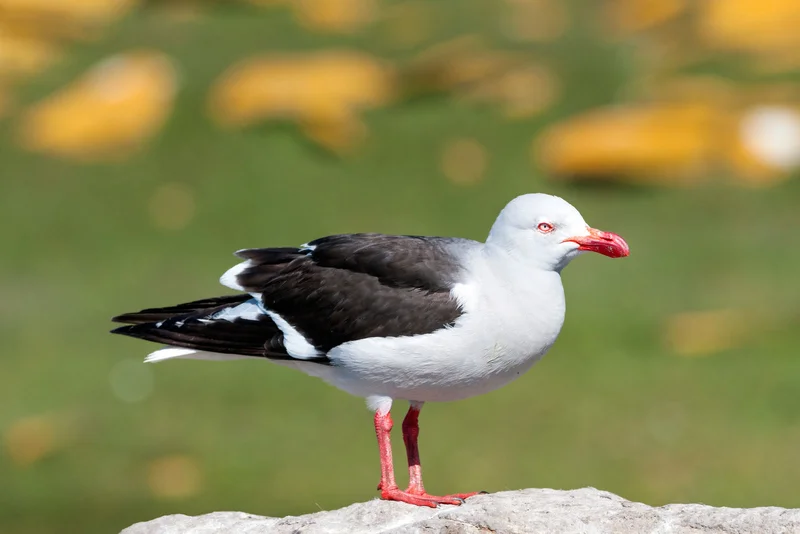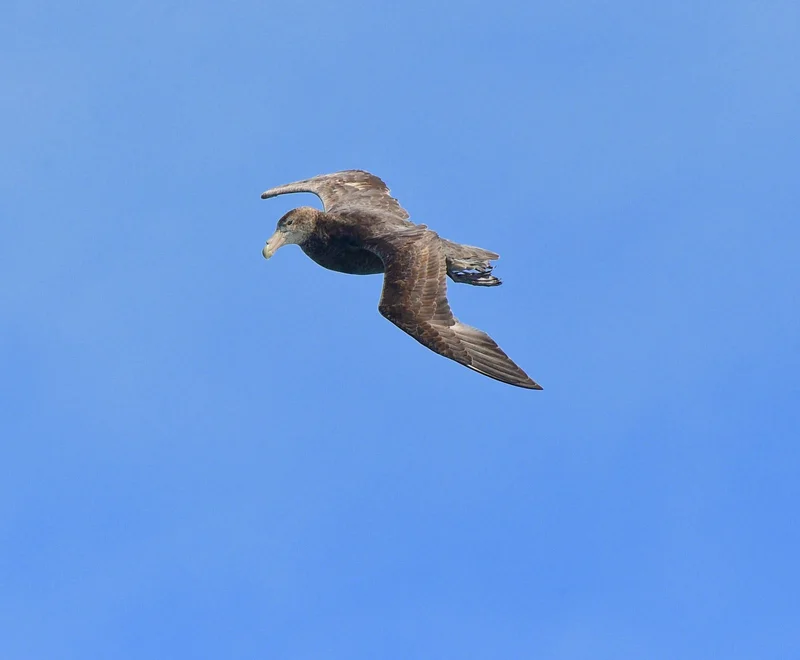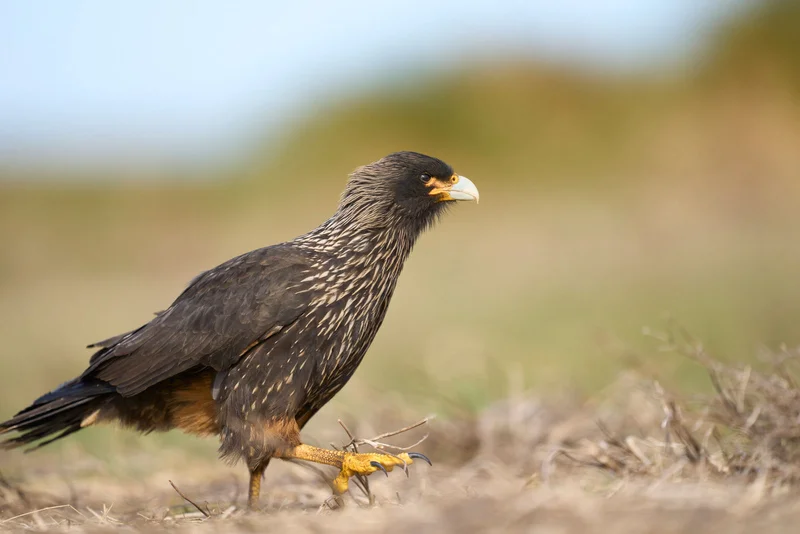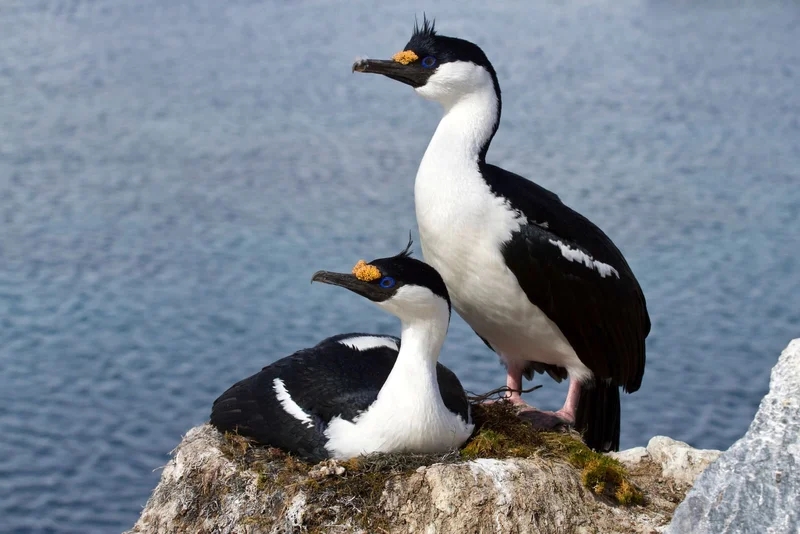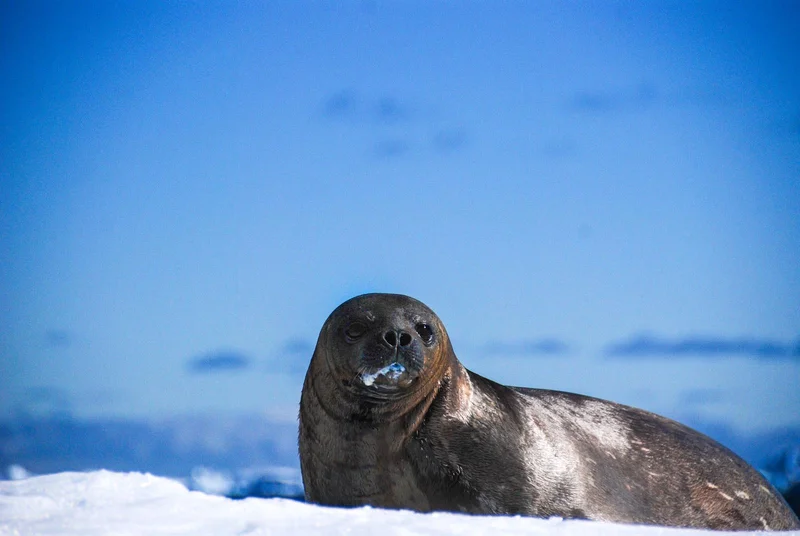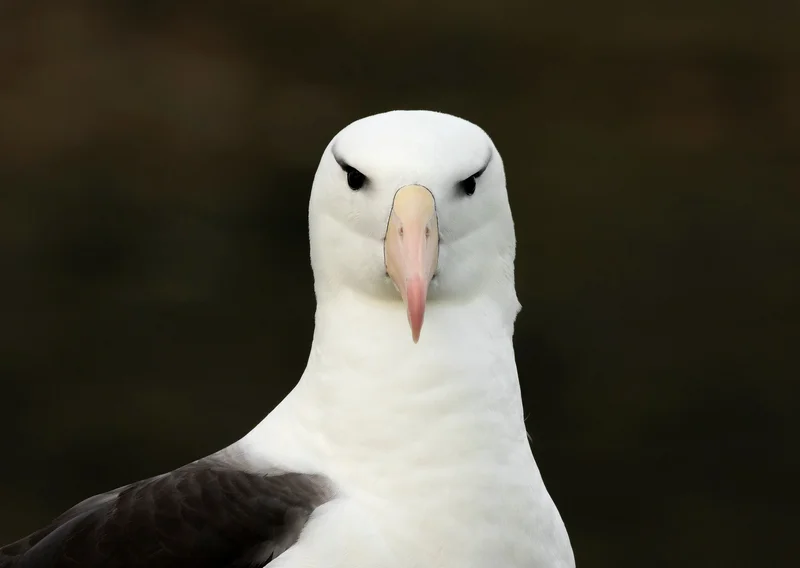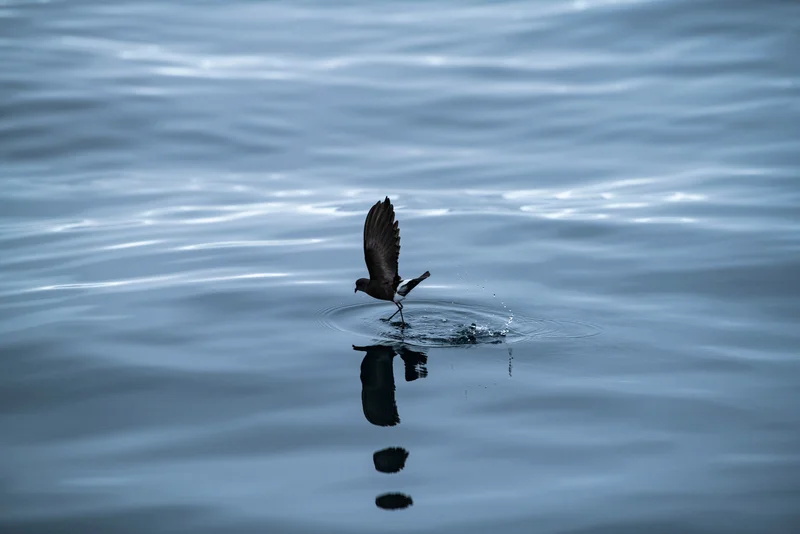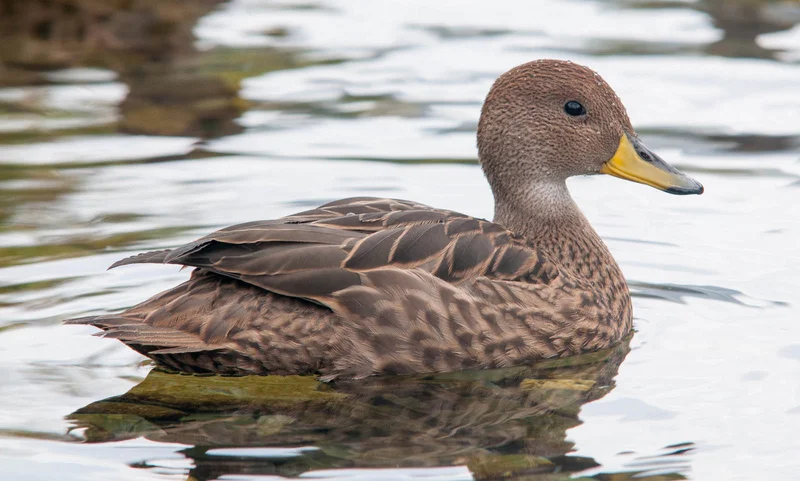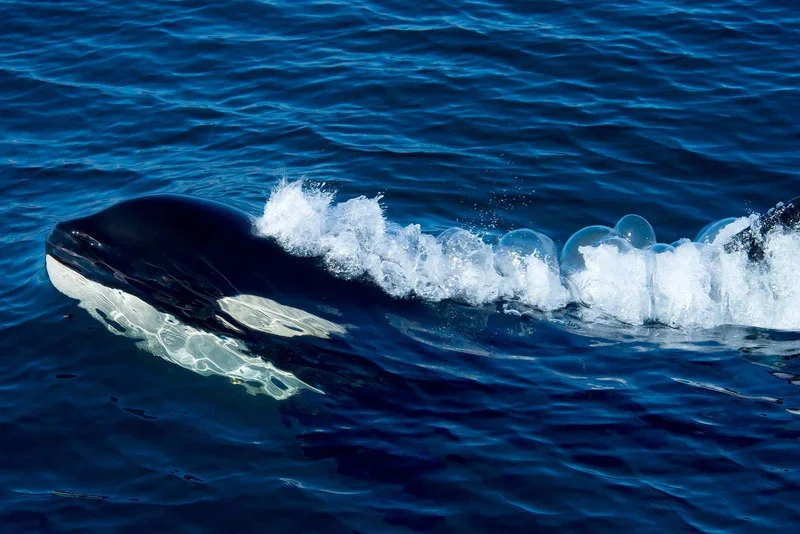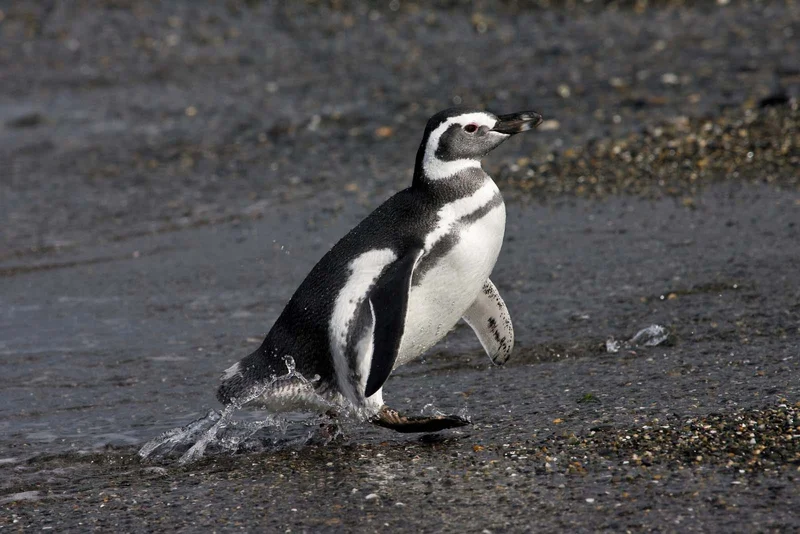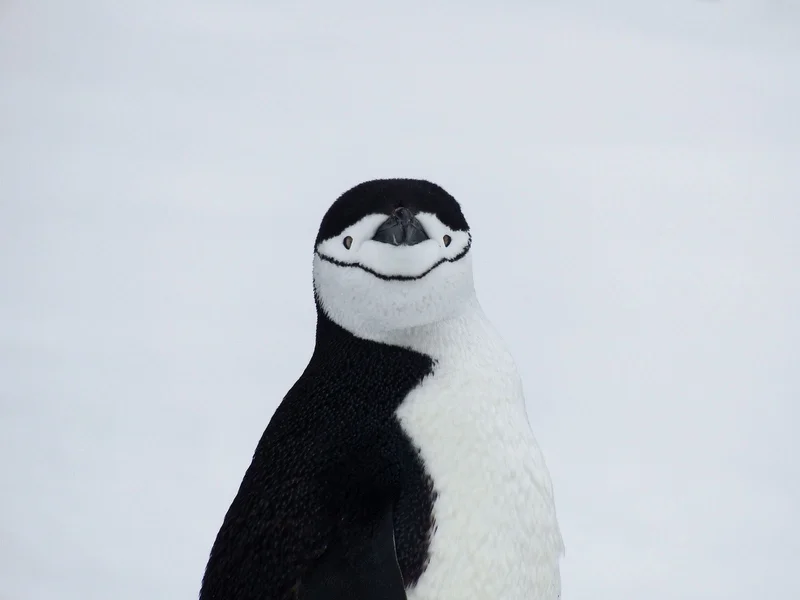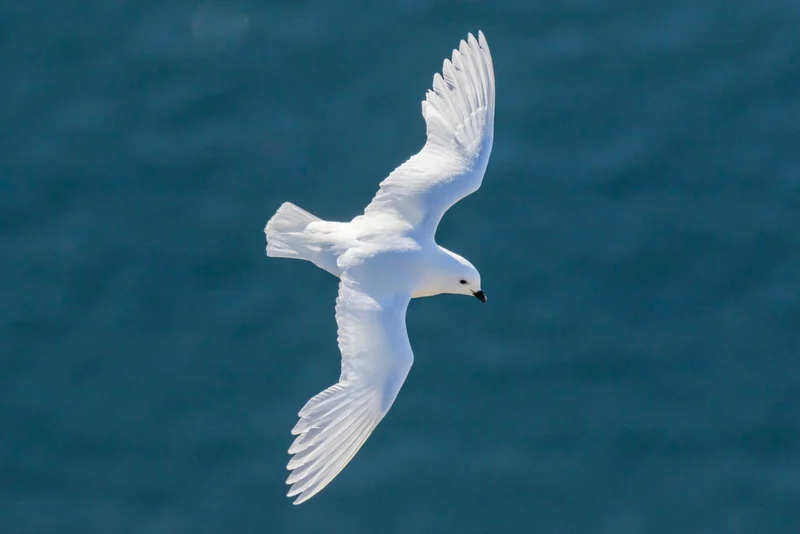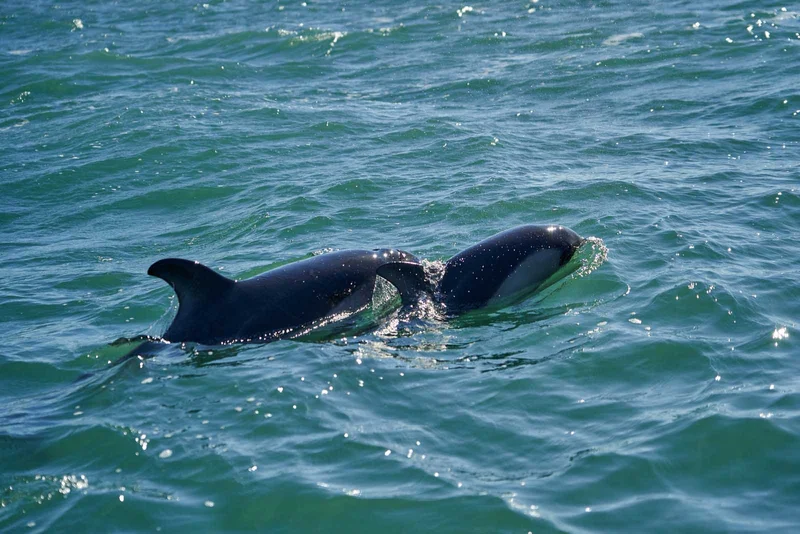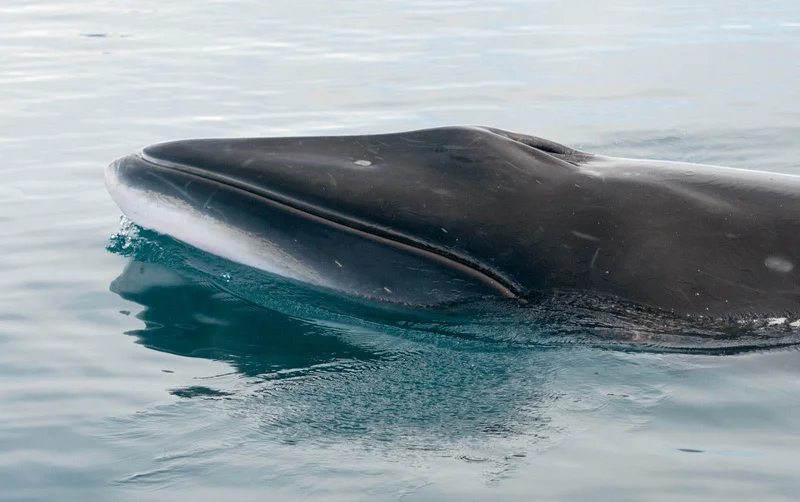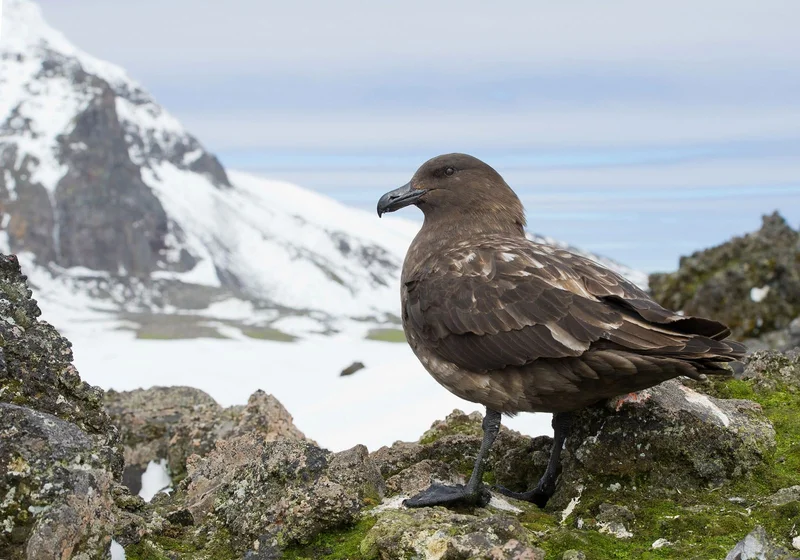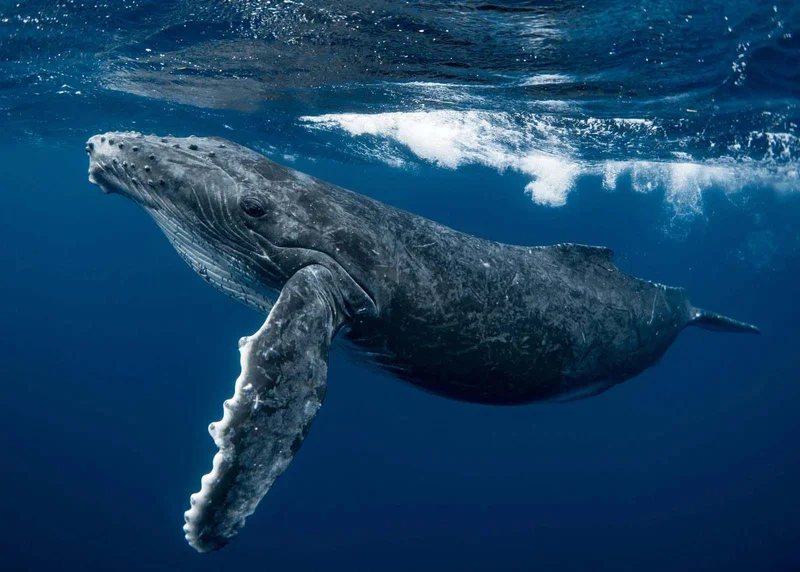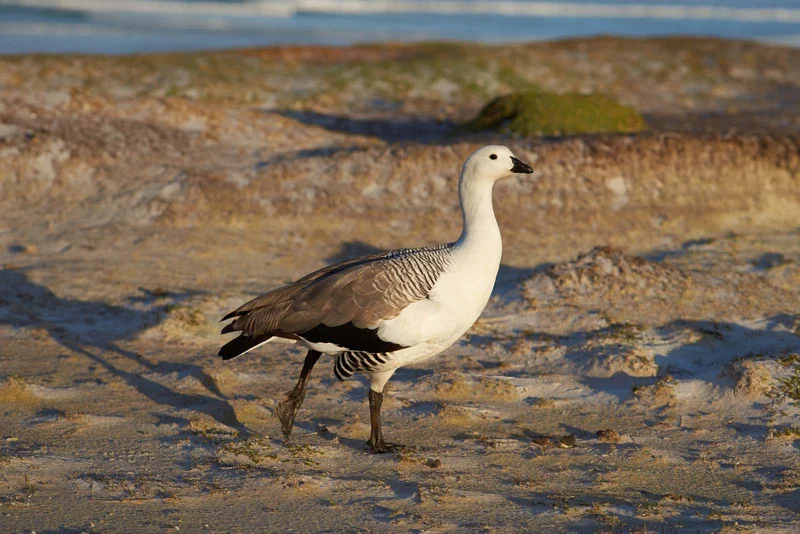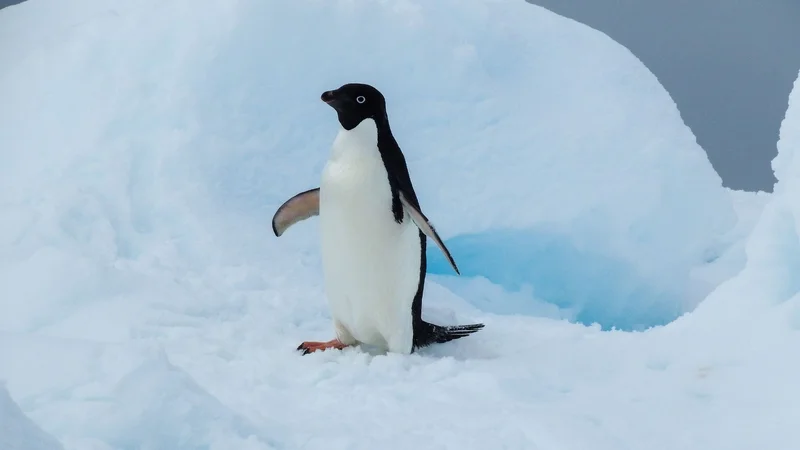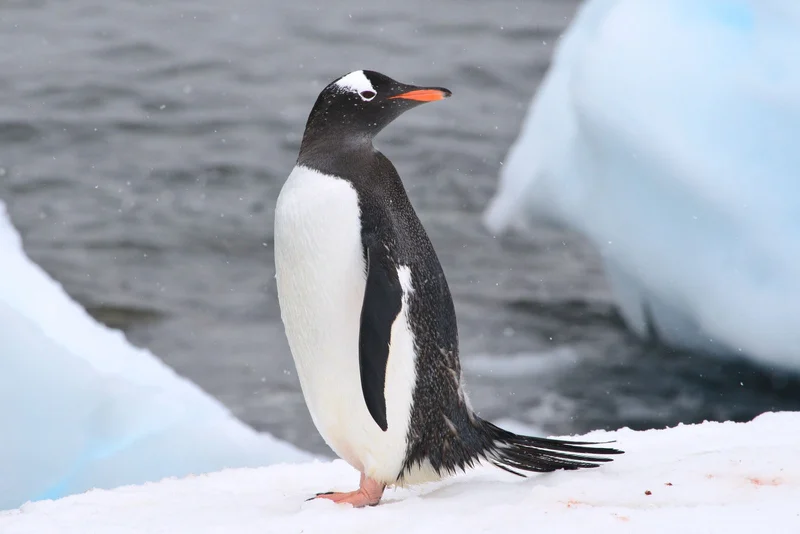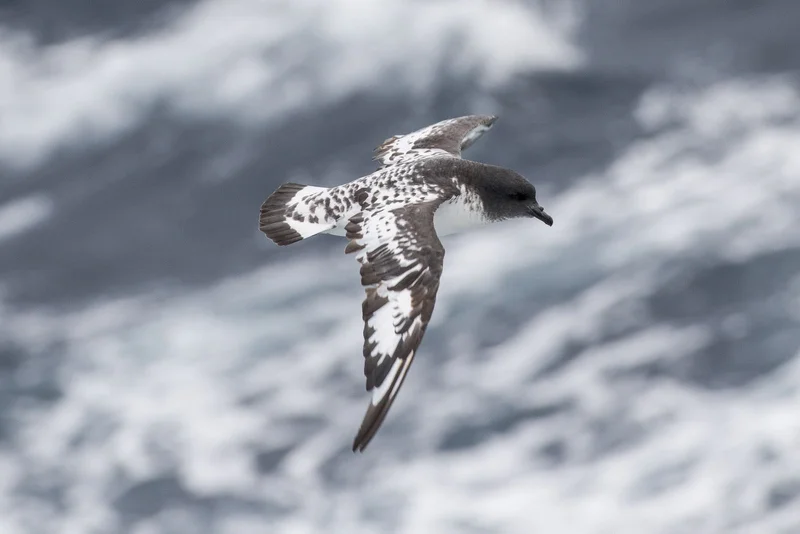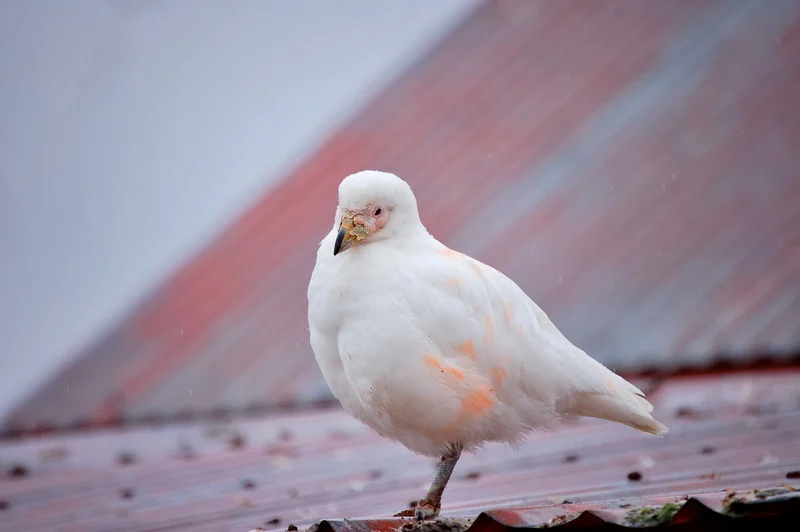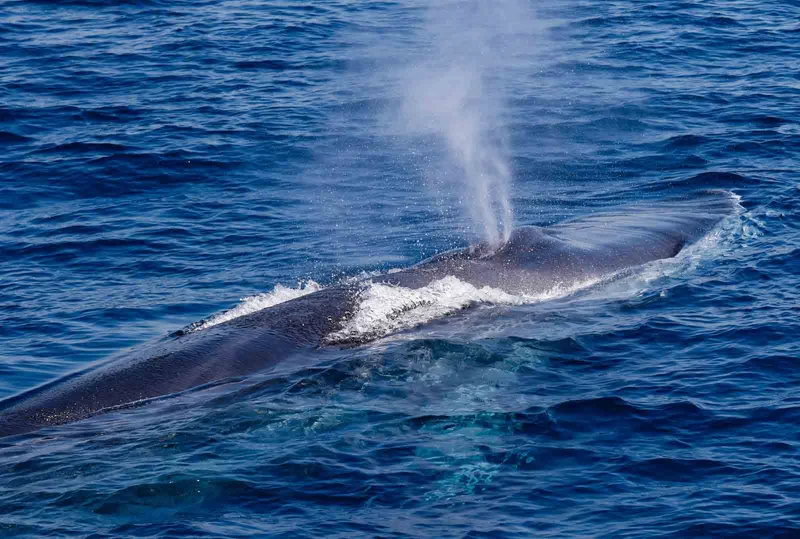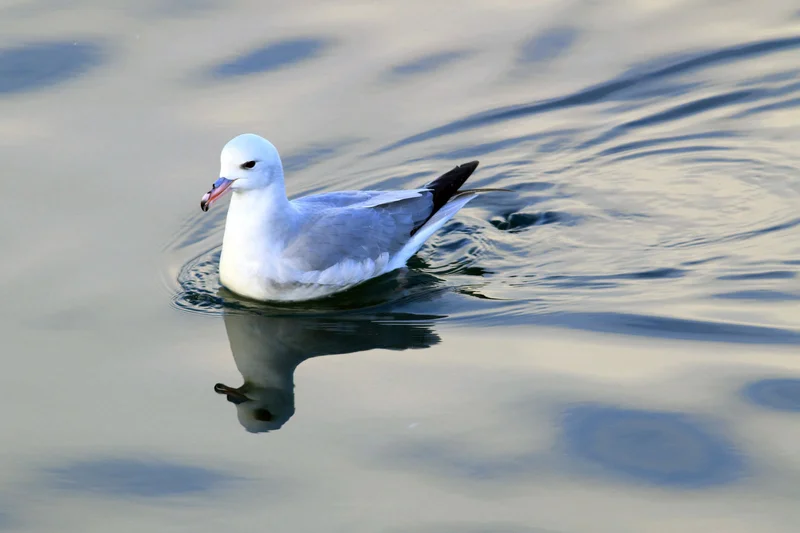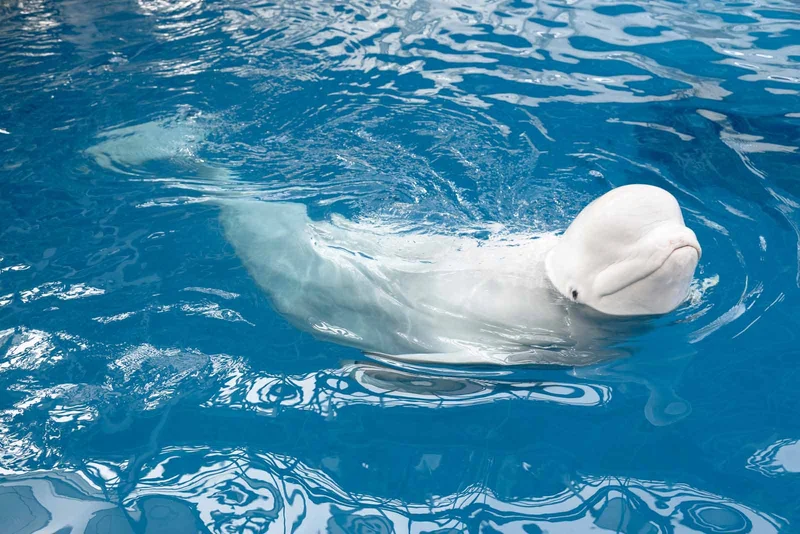Essential Antarctic Tern Information
Habitat and Identification
The Antarctic Tern is a seabird that breeds on southern ocean islands and the Antarctic Peninsula. Unlike their northern relatives, they don't migrate far, remaining within local regions. Easily recognizable, these terns feature a distinct deep V-tail and a black cap on their heads. Several sub-species exist, each with their own breeding grounds, including South Georgia, the South Shetland Islands, and the Antarctic Peninsula.
Breeding and Nesting
The breeding season for Antarctic Terns occurs between November and December. They prefer nesting in rocky cliff areas, but will also use rocky beaches if there are no predators such as sea lions, rats, or cats. Their nesting sites are often noisy, and you will likely hear them before spotting their nests. These birds are very protective of their nests and will aggressively defend them by dive-bombing potential threats. In extreme cases, they can cause injury or defecate on intruders as a defensive tactic.
Migration
While many tern species migrate long distances, the Antarctic Tern is unique in its more localized migration, typically staying within the southern ocean region. Their large range across various subantarctic islands helps them adapt to different environments without needing to travel far.
Interesting Facts
- Aggressive Nest Defense: Antarctic Terns are known to dive-bomb anyone who approaches their nests, sometimes drawing blood with their sharp beaks. They may also defecate on intruders as a form of defense.
- Vocal Nesting Sites: Their nesting colonies are very noisy, and their calls can often be heard before the nests are seen.
- Unique Range: Unlike other tern species that migrate vast distances, the Antarctic Tern remains within a local range in the southern oceans and Antarctic Peninsula.
